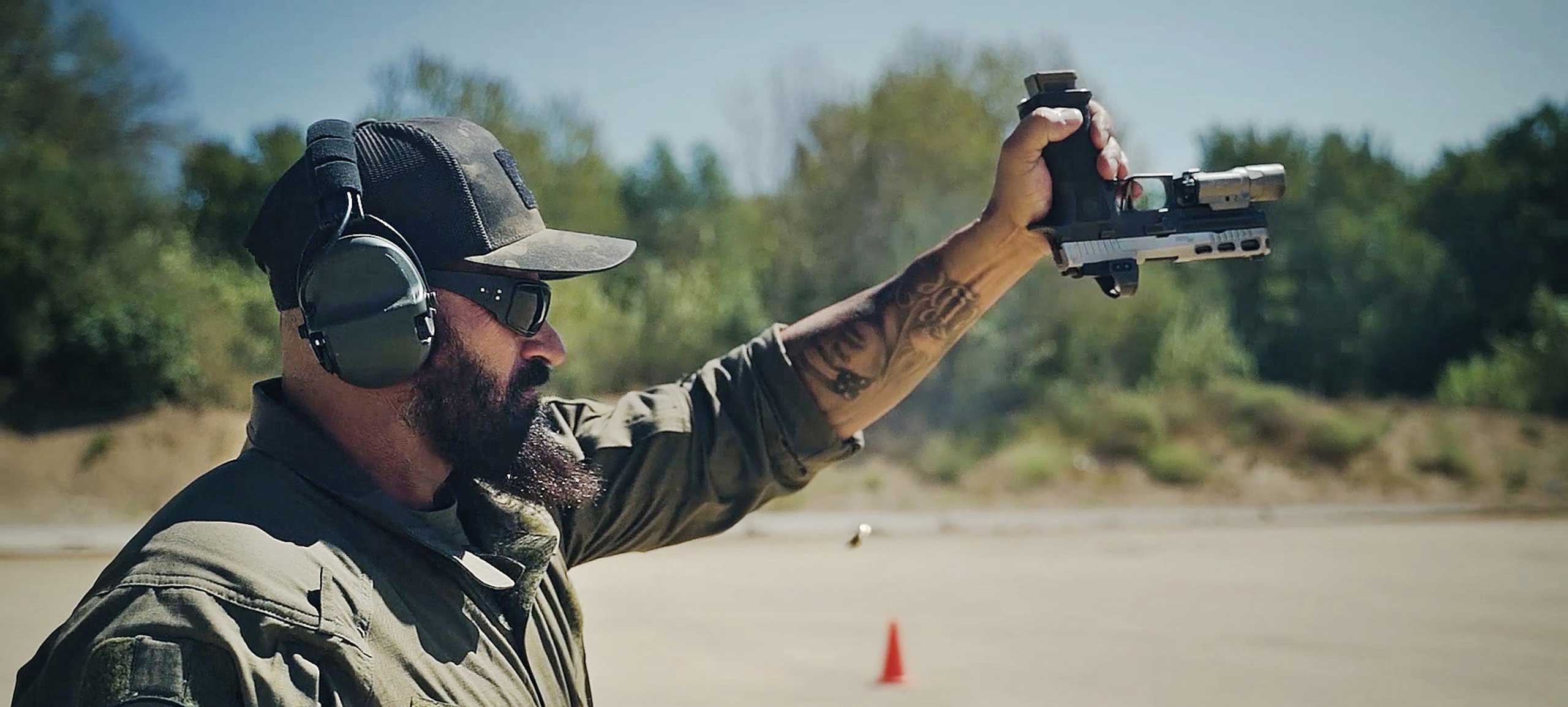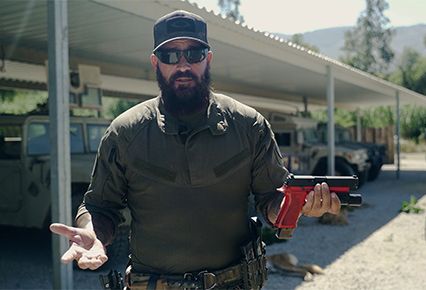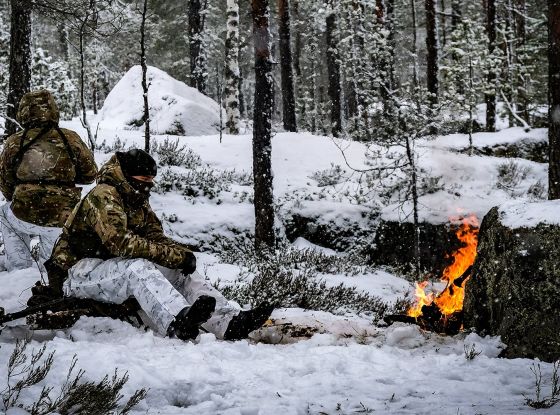The two most serious deficiencies a shooter can have are the inability to correctly sight-in the gun and to properly align its front and rear sights. These deficiencies prevent shooters from delivering the fired round to the intended point of impact—in other words, they thwart achievement of maximum accuracy. This blog post presents a few tips for overcoming sight-in and alignment deficiencies.
In this blog post:
Introduction
Shooting deficiencies in one form or another afflict just about every shooter. Doesn’t matter whether you’re a rookie or a seasoned pro or somewhere in between—the fact is that everyone has some type of shooting deficiency or deficiencies and it is vital that they be addressed.
There are two shooting deficiencies in particular that need to get sorted out first and foremost. Both relate to your ability to quickly draw a tight bead on your target so that you can put the rounds exactly where you want them to go. These two shooting deficiencies are sight picture and sight alignment.
Why curing deficiencies matters
Sight picture and sight alignment are elements of shooting that you learn the first or second day of picking up and using a firearm in gun-training class.
However, they are the only fundamentals of shooting that are not adaptable to your personal preferences. For example, you can stand and interact with the gun in any number of ways yet still get the job done. But when it comes to sight picture and sight alignment, there’s only the right way—everything else is worthless.
The ability to correctly sight-in and align the gun matters not just to shooters but also to instructors. From the perspective of the firearms instructor, students who have deficient sight-picture and sight-alignment skills are likely to struggle with many of the other key aspects of learning to be good shooters.
Marksmanship is a skill that consists of three components. First is the ability to sight-in the weapon. Next is the ability to press the trigger without disrupting the sight picture you’ve just achieved. Last, is the ability to exert control over the weapon in order to shoot at a speedy rate.
By mastering sight picture and sight alignment, you’ll be primed to acquire marksmanship’s other two-component skills. In particular, with sight picture and sight alignment mastered, you’ll be able to hit the target even if you find yourself in a situation where you’re forced to shoot from an awkward stance with a poor grip and using a finger other than the one you normally use to press the trigger.
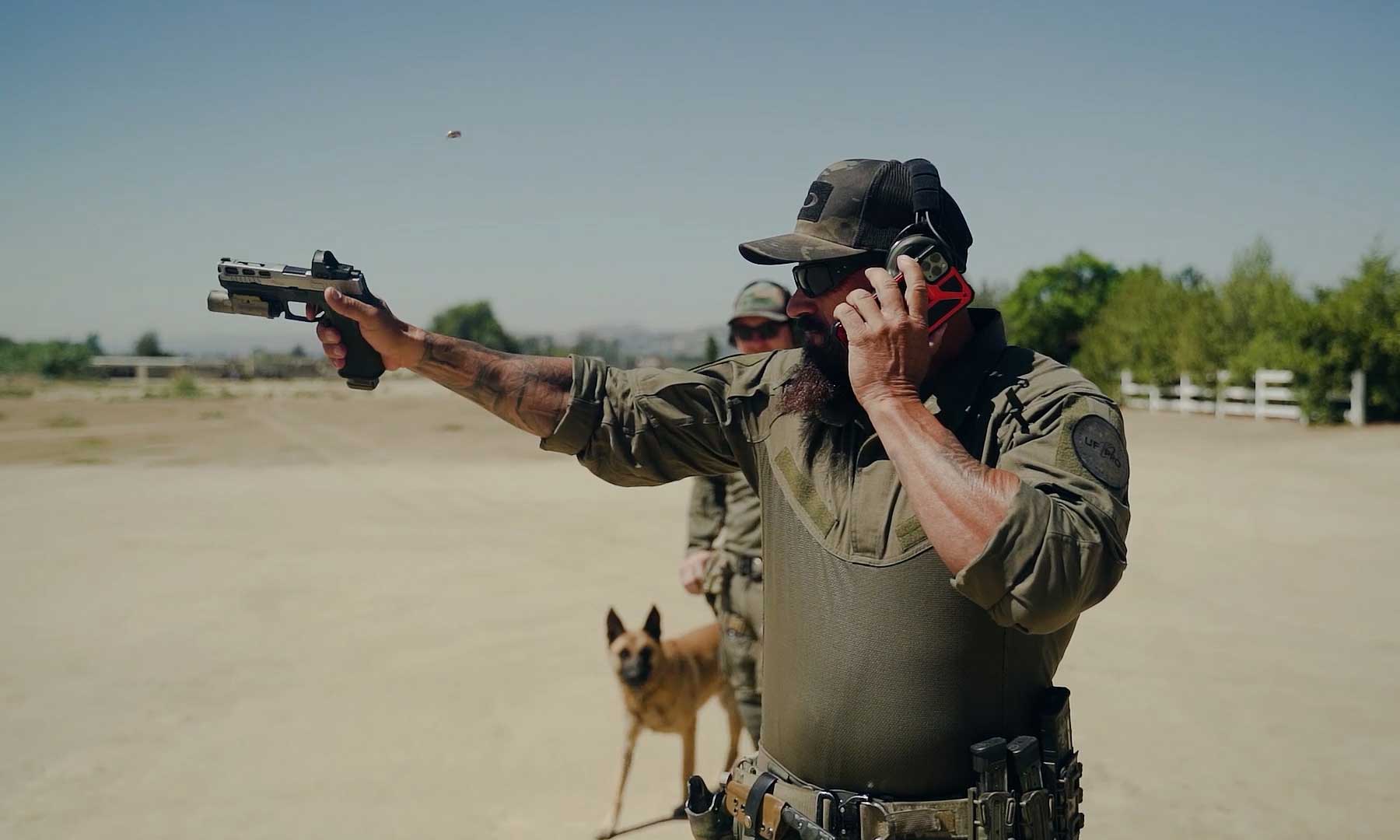
You could be upside down or on your back—it doesn’t matter. As long as you understand and can apply the principles of sighting-in your weapon and not disrupting the sight picture as you press the trigger, your shooting accuracy will be nothing less than remarkable.
Sure, you can improve your shooting accuracy with the aid of optics attachments (devices that let you see an in-focus dot which you then just place on the target). But you can get the benefits of optics attachments by simply having the skills discussed in this blog post.
Front sight-post placement
The biggest problem for most shooters who have yet to master the basics of sight picture and sight alignment is placement of the front sight-post.
The sight post must be placed at the correct elevation corresponding to the intended point of impact. Aligning the top of the sight with the intended point of impact lets you see the target but will likely result in the round landing a little lower than you want. This happens because of the roughly 15 mm differential between the top of the sight and the bore axis (the longitudinal line that runs through the center of the barrel).
You’ll achieve better results by putting the red dot that’s painted on the back of the sight (the side that faces toward you) directly over the intended point of impact.
You’ve heard the term “equal height, equal light.” What that means is aligning the front sight-post with the red dots painted on each blade of the rear sight-post. As you look through the notch between the blades of the rear post, you’ll be ready to take the shot when the two rear dots appear to be the same height as the front dot and all three are spaced the same distance apart.
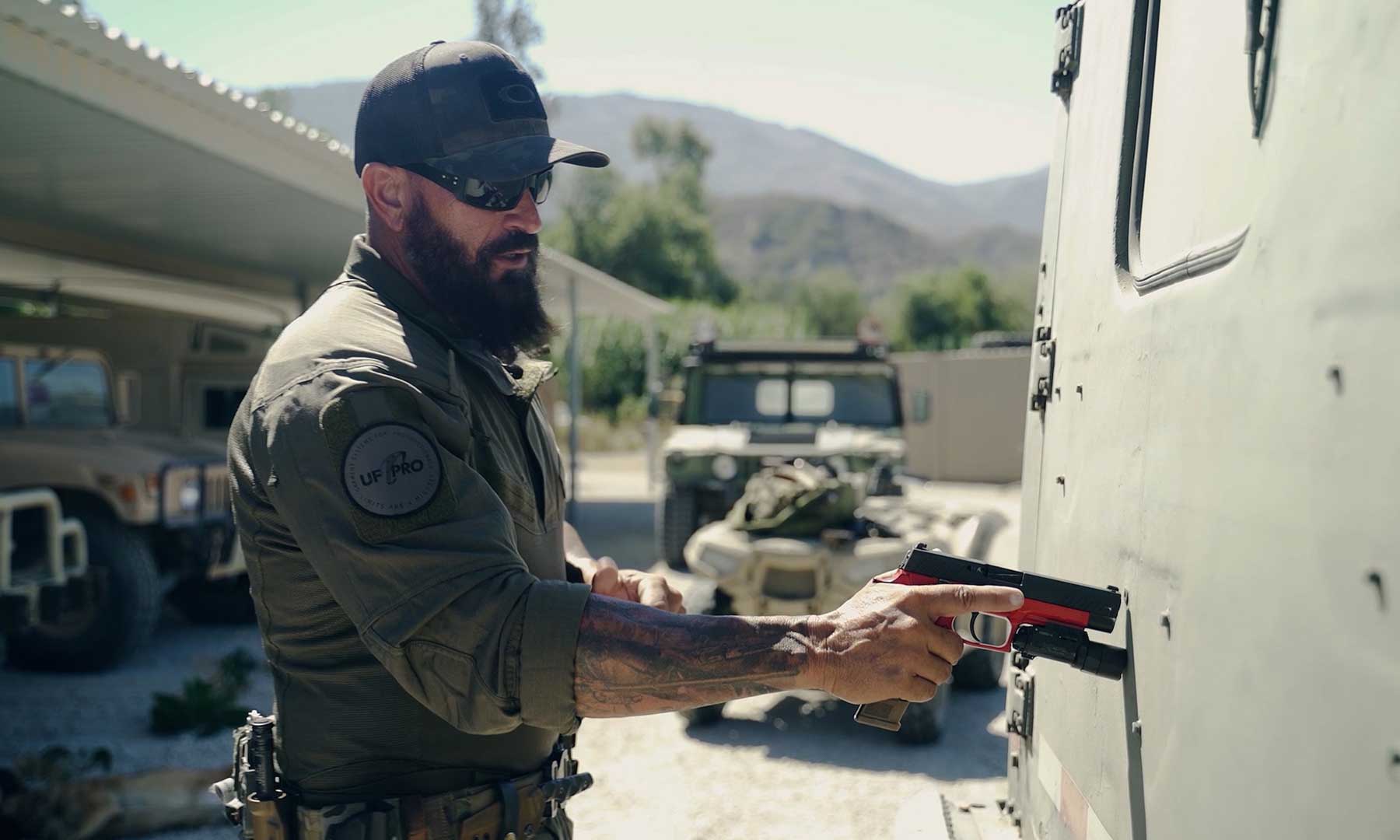
To develop or enhance your ability to achieve “equal height, equal light,” take a rectangular object (one of your extra magazines will suffice) and lay it on its long edge across the top of the rear sight.
Doing this will block your view of the area above your sight, thereby preventing you from seeing much of anything other than the front sight as you look through the rear aperture. Interestingly, many who think they have a handle on achieving good sight picture end up correcting their technique after trying this exercise just one time.
And what that tells you is those who thought they were doing it right were in actuality falling short of being able to perceive that high degree of alignment required to nail the target.
Focal shift
Another difficulty many shooters encounter when attempting to achieve a proper shooting picture pertains to focal shift.
In lining up your shot, you start by looking at your target through the iron sights at the rear of the gun.
Next, you change your view to looking at the target through the front sight—a focal shift, in other words. You should be able to see the front sight clearly—which means the target will be blurred.
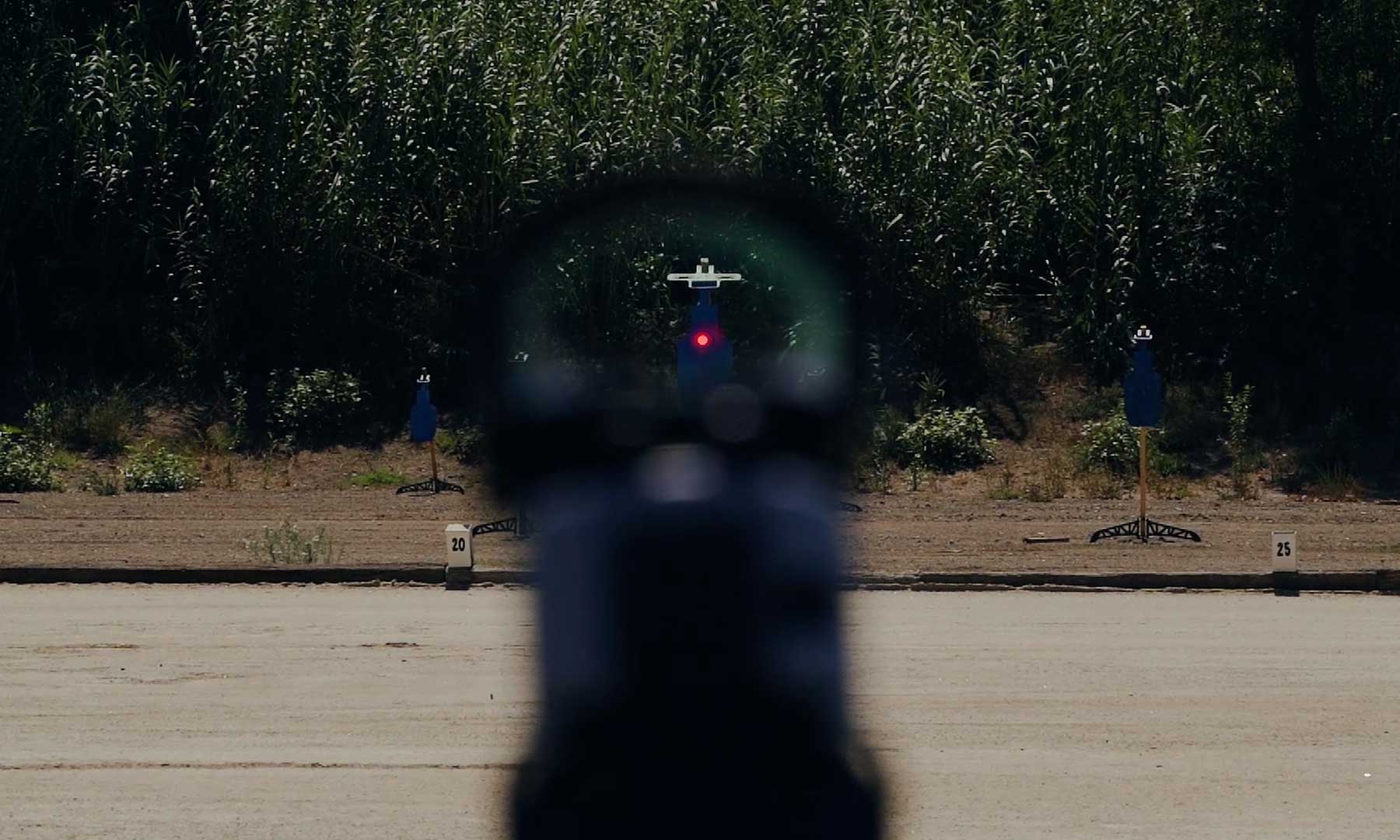
A word about red-dot optics is in order at this juncture. The primary advantage of running an optics attachment on your gun is that you’re able to always look at the intended point of impact (or, at the very least, the general target area) without having to focal shift.
Formally, this is known as maintaining full-target discrimination.
Final thoughts
The two most serious deficiencies you can have as a shooter are the inability to correctly sight-in the gun and properly align its front and rear sights. Unless and until you cure these deficiencies, you will have a needlessly hard time achieving maximum accuracy.
Practice the sighting techniques suggested in this blog post and soon enough you’ll be performing at a higher level than perhaps you thought possible.
Would you like to learn more about sighting-in deficiencies and how to cure them? Then be sure to watch the first episode of the four-part UF PRO Firearm Instructor Series. Beyond sight-in deficiencies, topics covered in episodes to come include trigger control and manipulation, recoil management, and weapon transitions.

